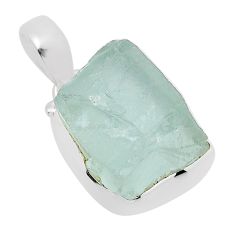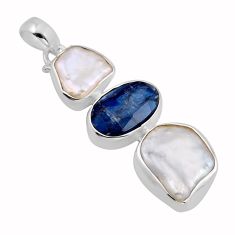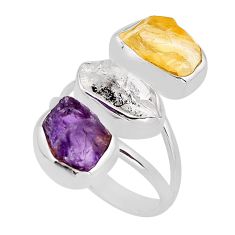Fancy Shape Jewelry
Shapes and cut of the gemstone not only defines the exquisiteness of the crystals but to heighten the beauty of the jewelry. The gemstone cuts may vary from the rose cut, brilliant cut to baguette cut then to trillion cut, heart cut, and marquise cut. The cuts may too vary from round cut, square cut, and triangle cut. The gems too hold cabochon and octagon cut including cushion, princess, and oval cut. Radiant cuts and Briolette cuts are too available in the market
Round and a brilliant cut is widely used gemstones in the jewelry designs and almost 75% of gemstone jewelry with these cuts sold in the marketplace. Round (one shot) and a brilliant cut is calibrated through a distinct pattern to reach the maximum of fire and genius. Oval cut is an even, flawlessly symmetrical design trendy and in style among females with small hands or short fingers. It’s drawn out, or lengthened shape provides a good figment of the imagination of length to the hand. Marquise Cut holds a pointed end and is of an elongated form. The history and the emergence of this shape say that it is inspired by the enticing smile of the Marquise de Pompadour and made to order by the Sun King, France's Louis XIV who wanted a gemstone to match his radiant smile. Marquise Cut is dazzling when used as a solitaire either in Marquise Cut earrings, rings, pendants or bracelets or else when enhanced by smaller crystals. Tear Drop Cut or Horizontal Pear Cut combines the best beauty of two oval and the marquise cut. Often regarded as the hybrid cut, this captivating cut most complements a hand with small or average-length fingers. It too looks elegant on women with thin (peacock) like the neck. Tear Drop Cut is particularly stunning for pendants, rings, and earrings. Heart shape cut, an ideal symbol of romance and, in essence, appears like a pear-shaped gem with a cleft at the top. Further, the expertise of the cutter establishes the beauty of the cut. Double Rose Cut, this cut originated from the study of the work of Louis de Berquen, in Bruges, Flanders, who is broadly recognized as the Father of Modern Diamond Cutting. About in the year 1476, he got the recognition for the improving the polishing process and for the absolute symmetry in the gemstone cuts. The cut he produced is used on the well-known “Sancy Diamonds” to enhance the beauty of the diamond as well as the jewelry design. Over the years, it acquired into the Double Rose Cut (in other words a “rose cut” on both sides).
Jubilee Cut showed resemblance of the cushion cut and drew this name in the year 1987. The story says, Queen Victoria in the year 1897 made history by becoming the first sovereign of England who reaches her diamond jubilee. Now in the year, 1895 an outstanding 650 carat diamond had been excavated from the Jagersfontein Mine in South Africa and was sent to Amsterdam for polishing in 1896.Upon editing, it became apparent that this diamond was of exceptional purity and superb size, and it was therefore resolved that this diamond was fit for a Queen. They gave the diamond as a gift for Queen Victoria's diamond jubilee celebrations and thus it was called the Jubilee Diamond.
In short all the cuts holds the potential to enhance the beauty of the wearing soul as well as the jewelry designs. Each cut is unique in its own and contains brilliance that adds charisma to every design. Fancy that includes several cuts in earrings, wristbands, pendants and rings increase the magnetism of the every wearing soul either men or women.














-925-silver-pendant-y93302.JPG?dim=274x235&type=crop)
